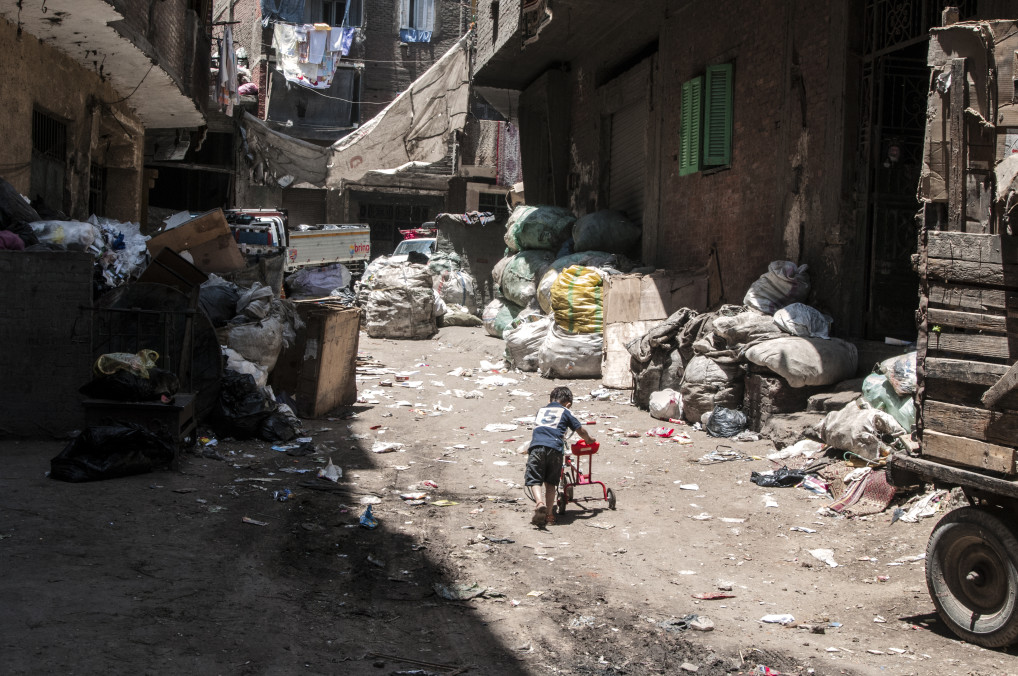The pandemic caused child labour to increase for the first time since 2000.
It is difficult to get all the governments of the world to agree on anything. But one thing that does unite most of them is the belief that kids should not have to work. A ban on the worst forms of child labour is the only convention that all 187 member nations of the International Labour Organisation (ILO; a club for countries that is part of the United Nations) have ever all signed up to.
Agreeing something should be stopped is one thing. Actually stopping it is another. The world had been making good progress on reducing child labour. From 2000 to 2016, the number of kid workers in factories, farms and mines had decreased from 246 million to 152 million. But then the coronavirus pandemic hit.
Many of the policies used to stop the virus spreading, including shutting schools, businesses and borders, also made it harder for people to earn a living and for children to get an education. That increased the appeal of sending a child to earn money or to work on the family land. Lockdowns and restrictions also meant there was less oversight of vulnerable children from teachers, community members and charities.
The upshot of this is that the ILO thinks there could be an extra 17 million children working by the end of 2022. There’s also been an increase in the worst forms of child labour: slavery, sexual exploitation, child soldiers and other things that are particularly mentally and physically damaging.
What can be done? One tool favoured by many government is legislation, i.e. making child labour illegal, seeking out adults who have abetted that crime, and then punishing them with anything from fines to prison sentences. Such policies can be strengthened if goods and services associated with child labour are boycotted by customers. Big global companies who know their Western customer base would be outraged by press exposing that child labour was used to create their products have a strong incentive to make sure kids are not being hired in their overseas factories, or indeed in the factories of any of their suppliers.
However, there are arguments that say these sorts of heavy-handed approaches can do more harm than good. The reasoning is that the vast majority of children who go to work do so because it helps their families survive. Removing kids from factories or other workplaces doesn’t remove that economic necessity. Indeed, doing so may increase suffering, as the family becomes unable to meet their basic needs or as the child then seeks out work in even less regulated and even more dangerous places. The barring of children from sweatshops in Bangladesh was reported to have pushed many of them into begging and prostitution, for example.
Then there are the millions of children who work not for private employers, but for their families, often on their farmland. The work is hard and the machinery they use is often dangerous. But snatching these children from their families, as several countries have done in the name of ending child labour, also seems problematic, especially as the countries in question are not famed for having safe, well-funded or abuse-free care systems.
The activists who make these points are not usually advocating for more kid-staffed sweatshops. Instead, they’re saying that the only effective way to eliminate child labour is to eliminate the root cause of it: poverty. When it is financially feasible, the majority of parents will choose to send their children to school rather than to work; not least because a well-educated child is likely to get a better-paying job as an adult that can then be used to support their parents in older age.
Read our explainer on: do some workers still not have a choice?

